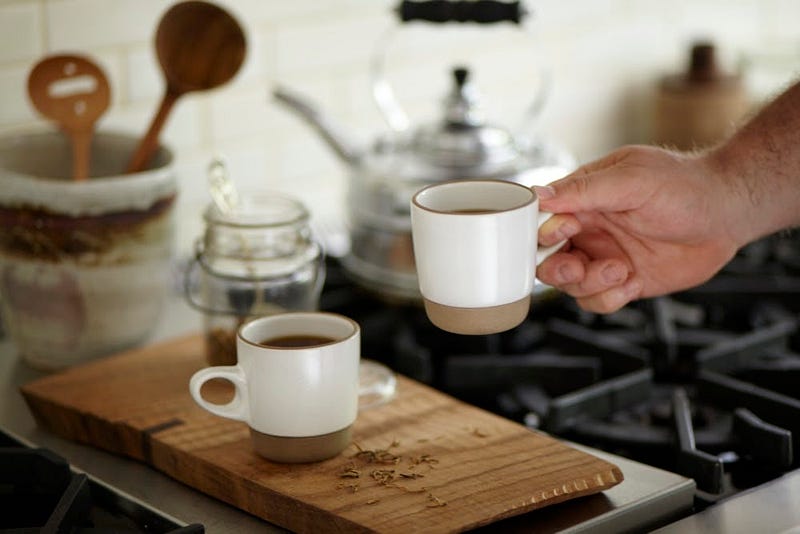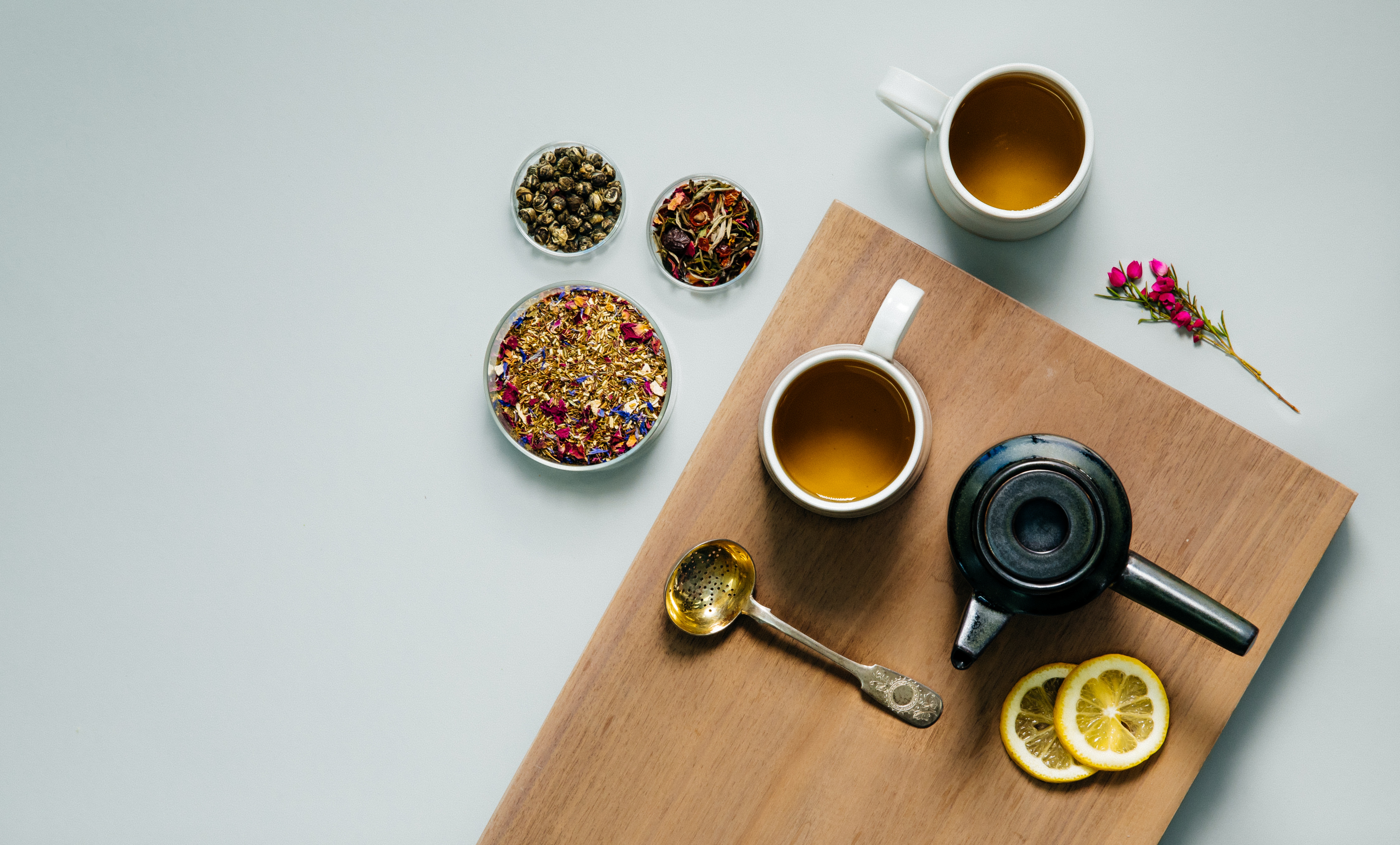Per written record, tea has been grown and consumed by the many ethnic people who have lived in the Yunnan Province of China, for at least 1,750 years. (Most likely longer.) Being such a remote location, the tea producers in Yunnan needed to develop a tea that would withstand transport for trade. The tea they developed is the unique tea we now call pu-erh. Though pu-erh tea is often thought to be named for the city of Pu-erh, a common gathering spot where sellers would sell their local teas, it has been around a lot longer.

According to legend, during the Three Kingdoms Period (220–280), Zhuge Liang was the man responsible for developing tea production in Yunnan as a way to bring income to the southwestern parts of the province. During the Tang Dynasty (618–906) when tea became popular in the Imperial Court, the tea producers in Yunnan, being so far away from this uplifting of tea, worked hard to just produce tea that would travel well along the trading routes. The most important of these routes was the Old Tea Horse Road.
The Old Tea Horse Road was an essential trade route connecting what is present day Tibet, Yunnan, and Sichuan. Though other items were sold along this route, its name most likely came from the creation of The Tea and Horse Office (1074), established in the Song Dynasty (960–1279), to regulate the trading of tea for warhorses. This trade route was so successful that it flourished during the Yuan (1271–1368), Ming (1369–1644), and Qing (1644–1911) Dynasties. Most of the growth of tea trading during this time, was to Tibet, as the popularity of tea grew exponentially. In fact, during the Ming Dynasty, trading of tea to Tibet started crossing over into influencing political leaders and lamas.
What we have come to love about pu-erh tea was initially developed purely as a way to pack and store tea for the long journey through the trade route. Over time, tea producers developed a way to produce teas that had these unique and desirable flavors using an aging process without having to travel great distances. The process used was a well-guarded secret, going as far back as the Ming Dynasty. Trespassers were assumed spies and killed on site. Even to this day the entire pu-erh process is rarely shared with outsiders.
Production of pu-erh tea, today, is done so in two separate phases. The first phase produces a rough tea referred to as Mao Cha. Mao Cha is representative of how the tea was first made before it was packed to travel the Old Tea Horse Road. Mao cha is similar to a green tea at this stage and is typically sold to large tea producers in the area to finish the processing.
In phase two the tea is made into either a traditional raw tea (sheng cha) or a cooked tea (shou cha). Sheng cha is processed into its final shape and carefully stored for many years until the tea has matured and turned a rich brown/black color. This process can take up to 10 years. This naturally aged tea develops complex characteristics as it ages. The age of the tea also determines the cost; the older the tea the more expensive it is. In the 1970’s, the Kumming Tea Company developed a way to speed up the aging process by controlling a secondary fermentation process referred to as an auto-thermal process (wo dui). Tea produced by this method is referred to as shou cha. This process takes only months to complete, and produces a tea similar to that of the naturally aged, with less complexity. However, the cost for shou cha is significantly less. Most what is sold in the US today is shou cha.
Pu-erh tea comes in many shapes and sizes. It is common to find pu-erh tea pressed into discs or plates (bing), bricks (zhuan), birds’ nests (tuo), square (fang), mushroom (jin), melon (jingua), and loose (san). Additionally, pu-erh is also stored in a citrus rind, like tangerine (ju pu), or stuffed into bamboo tubes (tong). Size can very as well; from a single serving tuo cha to a large 357g birds nest; or from a small 100g tong cha to a bamboo tube as tall as a person.
Pu-erh teas have become so popular that other provinces in China have started producing teas in the pu-erh style as well. Pu-erh teas are teas that only come from the Yunnan Province. A relatively new category of teas has entered the market this past decade called dark teas. Dark teas are pu-erh style teas that are not produced in Yunnan, but come from other provinces such as Hunan.
Art of Tea is an award winning purveyor of specialty and organic teas, based in Los Angeles, CA.
If you found this article helpful, please share it with coworkers, colleagues, and fellow lovers of tea.

